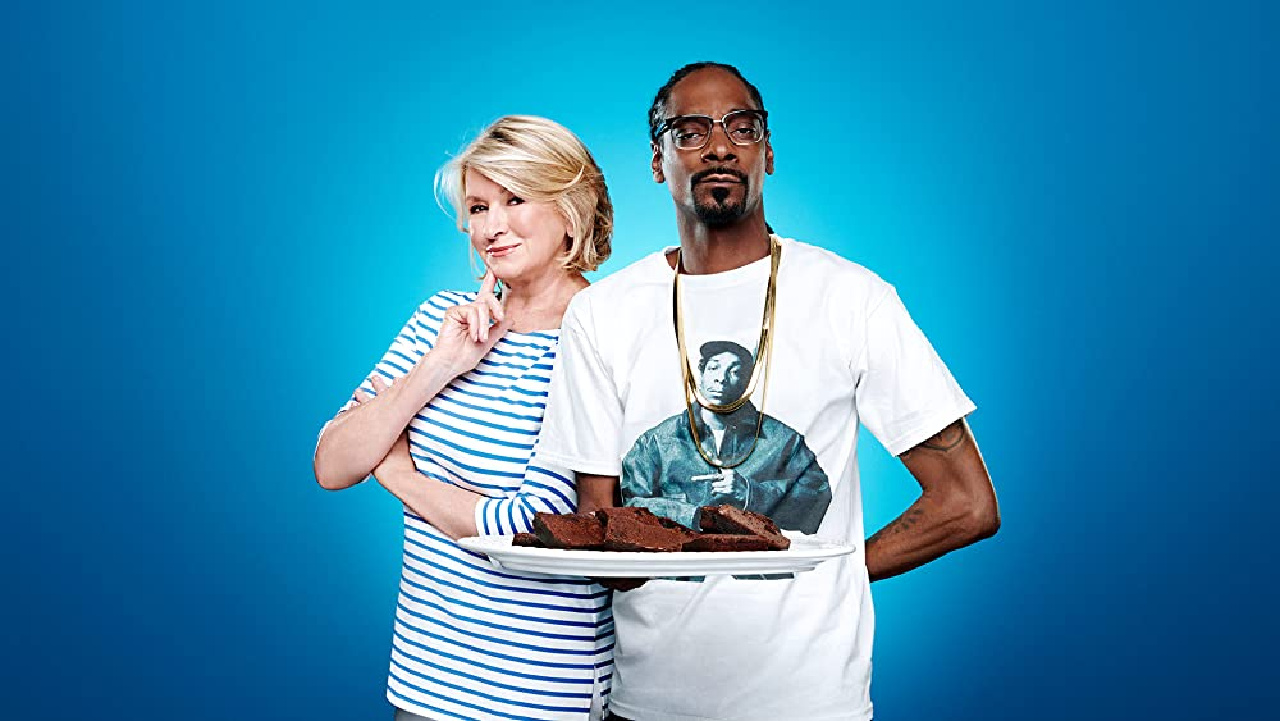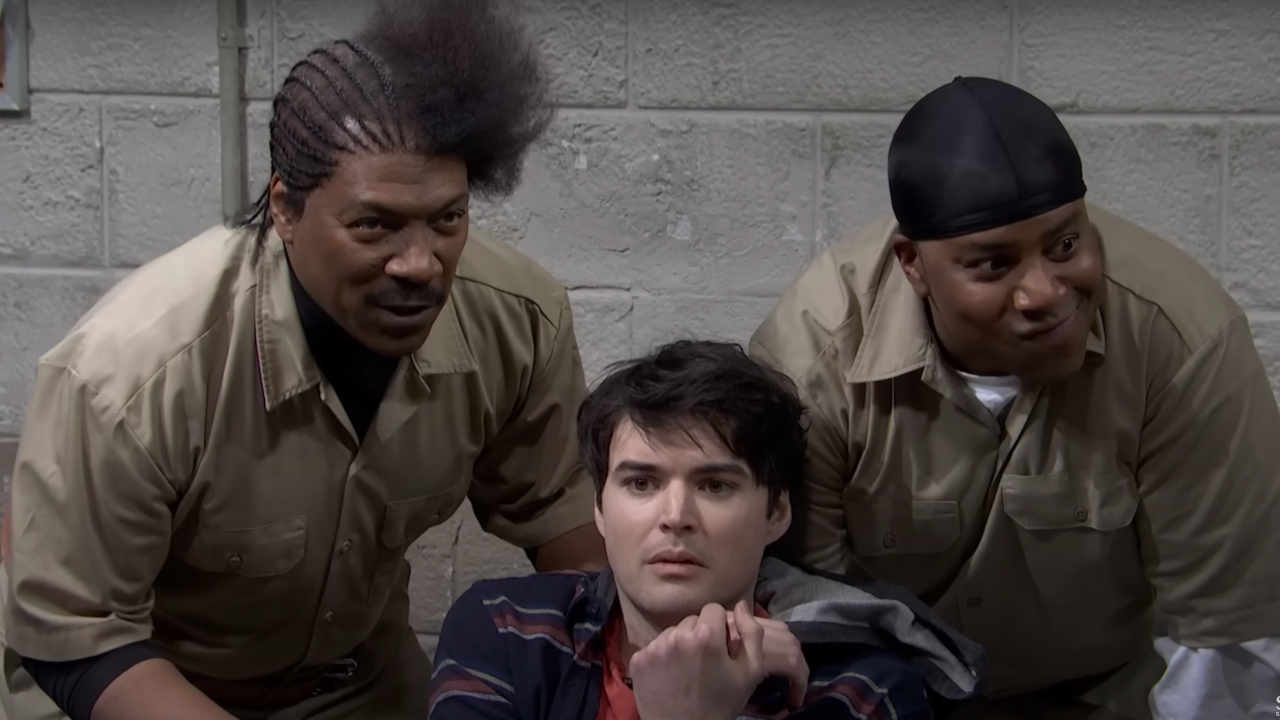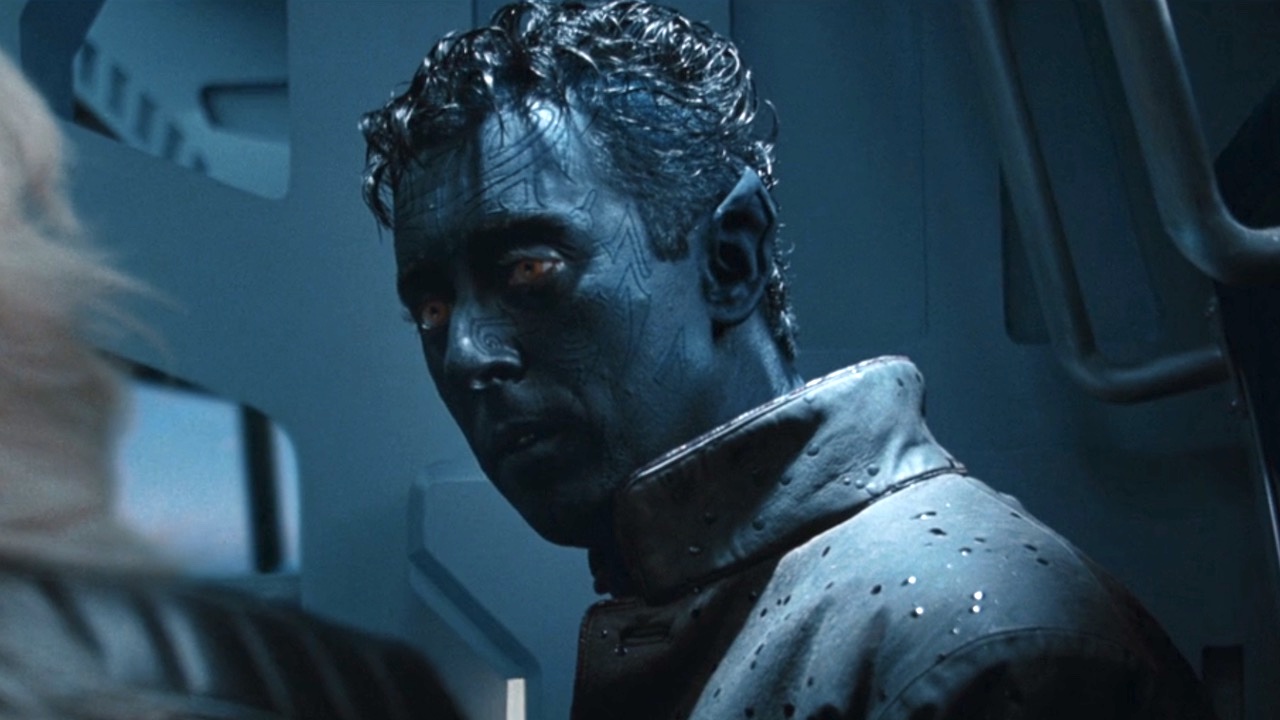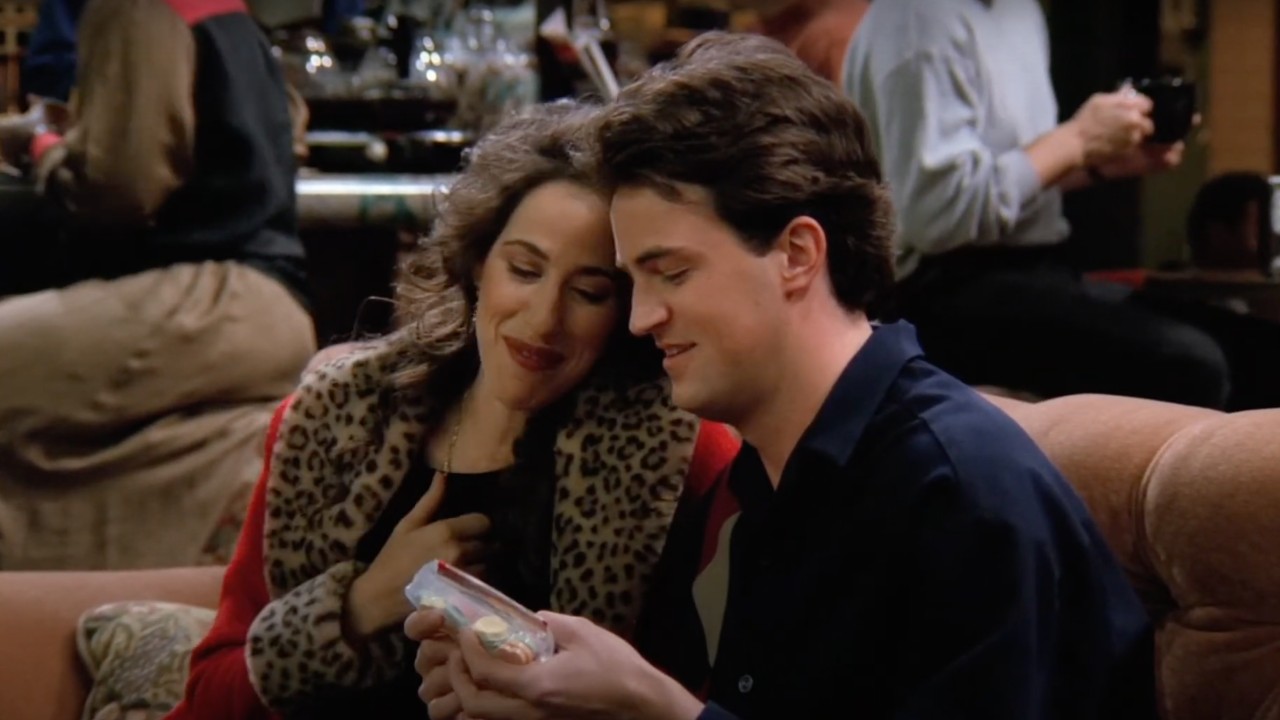After Tom Cruise Deepfake Went Viral, Creator Speaks Out About Fooling People

Over the last couple of years we've seen a massive increase in the use of what's called "deepfake" technology. The process allows one to digitally put one person's face onto another person's body, making it look like there's video of some one doing something they never actually did. It's frequently been used for somewhat fun purposes, like adding the face of Spider-Man actor Tom Holland to scenes from earlier Spider-Man movies that starred Tobey Maguire. But a recent collection of TikTok videos that appear to star Tom Cruise have a lot of people talking because of just how good they are. And now the creator is speaking out about fooling the public.
The videos were the creation of a Belgian visual effects artist named Chris Ume. The quality of the work is higher than we're used to seeing with deepfakes, due to the high end equipment being used to make them. But Ume recently told Today that his goal in making them was not to fool anybody into thinking they were really Tom Cruise, but rather to help people realize how good deepfakes can be so that they are not fooled in the future. Ume wants to use his visual effects powers for good in the future, as he explained,
The important thing is, we didn’t want to fool people at any moment. If I can help in creating awareness, or even work on detection in the future, I would love to.
For the most part deepfake technology is used in ways that are specifically not meant to fool people, but rather simply have fun. They can be used to consider what famous movie characters might look like if played by other actors. However the tech can be used in other, less silly ways, like making politicians look like they're saying something they never said. It's for this reason that people need to be made aware that just because they're seeing a video does not mean that what's happening in it is real.
And the problem, as Chris Ume states here, is that detection of deepfakes is difficult. Many deepfakes have something of an "uncanny valley" look to them, a feeling that something just isn't quite right, but the Tom Cruise videos that Ume made are better than most. There's much less of the digital artifacting that tends to accompany these creations. And technology seems to have an even harder time recognizing deepfakes than the human eye can. Ume says he'd like to help work on that, as being able to recognize deepfakes when they're released can help minimize the potential damage.
Deepfakes are just the newest step forward in digital technology, but like all steps like that, it's about how the tech gets used that's the real question. If we want to see Sebastian Stan on Mark Hamill's face in Star Wars, that's fine in and of itself. But the potential for misuse is high. and being able to believe what we see, unless we know it's fake, is a real problem.
CINEMABLEND NEWSLETTER
Your Daily Blend of Entertainment News

CinemaBlend’s resident theme park junkie and amateur Disney historian, Dirk began writing for CinemaBlend as a freelancer in 2015 before joining the site full-time in 2018. He has previously held positions as a Staff Writer and Games Editor, but has more recently transformed his true passion into his job as the head of the site's Theme Park section. He has previously done freelance work for various gaming and technology sites. Prior to starting his second career as a writer he worked for 12 years in sales for various companies within the consumer electronics industry. He has a degree in political science from the University of California, Davis. Is an armchair Imagineer, Epcot Stan, Future Club 33 Member.










